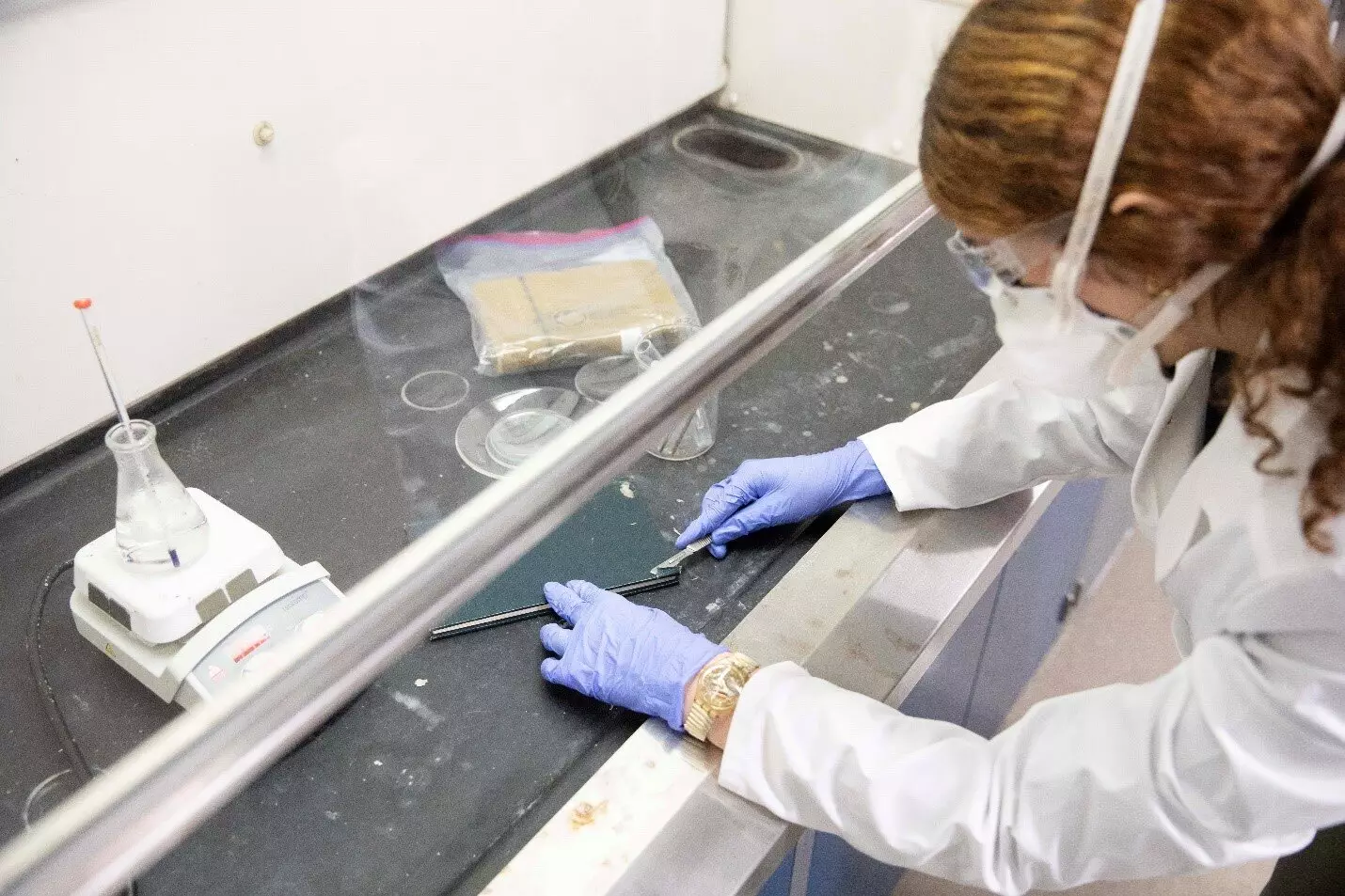When encountering brightly colored cloth-bound books from the Victorian era, it is crucial to exercise caution as some of the dyes used in these books may pose health risks. Recent research has shed light on the presence of toxic pigments in vintage books, highlighting potential dangers for readers, collectors, and librarians alike. This article aims to delve deeper into the findings of this study and explore the implications for handling these poisonous books.
The study conducted by researchers at Lipscomb University utilized three spectroscopic techniques to assess the dangerous dyes present in a university collection of vintage books. These techniques included X-ray fluorescence (XRF), inductively coupled plasma optical emission spectroscopy (ICP-OES), and X-ray diffraction (XRD). While XRF and ICP-OES were employed to detect the presence and concentration of heavy metals like arsenic, lead, and chromium, XRD was used to identify the specific pigment molecules containing these toxic metals.
Key Findings
The analysis revealed the alarming presence of lead, chromium, and other heavy metals in the fabric covers of the vintage books. Some of the samples exhibited lead concentrations that exceeded acceptable limits for chronic exposure, as outlined by the Centers for Disease Control and Prevention (CDC). In one particularly contaminated cover, the lead concentration was more than twice the CDC limit, while chromium levels were nearly six times higher. Chronic exposure to these toxic metals through inhalation could result in serious health effects such as cancer, lung damage, and fertility issues.
The identification of dangerous dyes in vintage books has prompted the sealing of colorful 19th-century books, which have not yet been tested, in plastic zip-close bags for safe handling and storage. Furthermore, books confirmed to contain toxic pigments have been sealed and removed from public circulation to prevent exposure to readers and library staff. The research team plans to contribute their findings to the Poison Book Project and raise awareness about the safe handling, conservation, and storage of vintage books among librarians and collectors.
The discovery of poisonous dyes in vintage books serves as a wake-up call for book enthusiasts and library professionals. The inherent risks associated with handling these books underscore the importance of implementing safety measures to protect individuals from hazardous exposure to toxic pigments. By raising awareness and promoting safe practices, we can ensure the preservation of these historical treasures without compromising the health and well-being of those who interact with them.


Leave a Reply